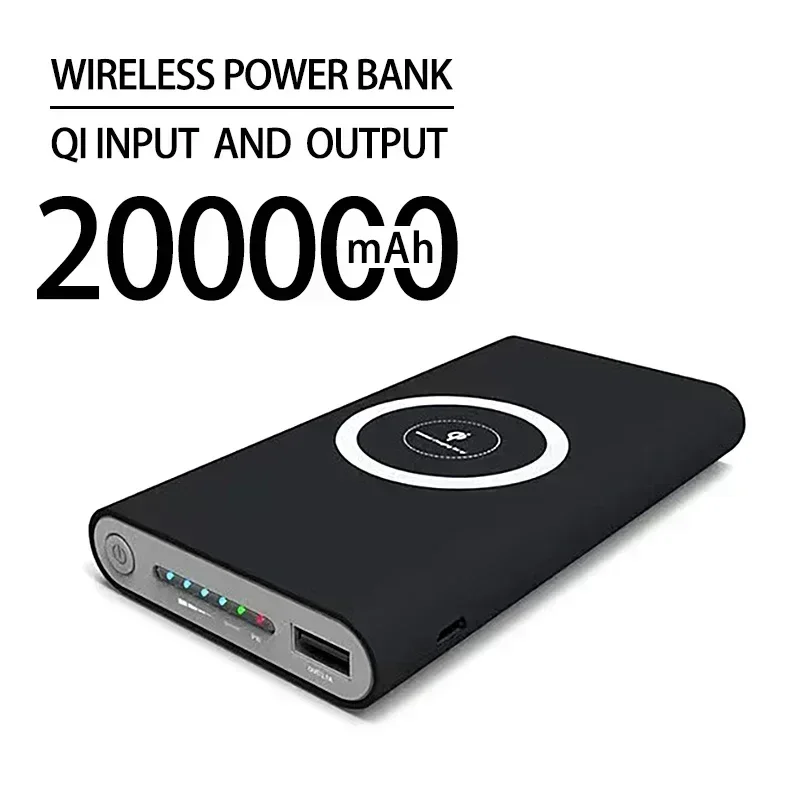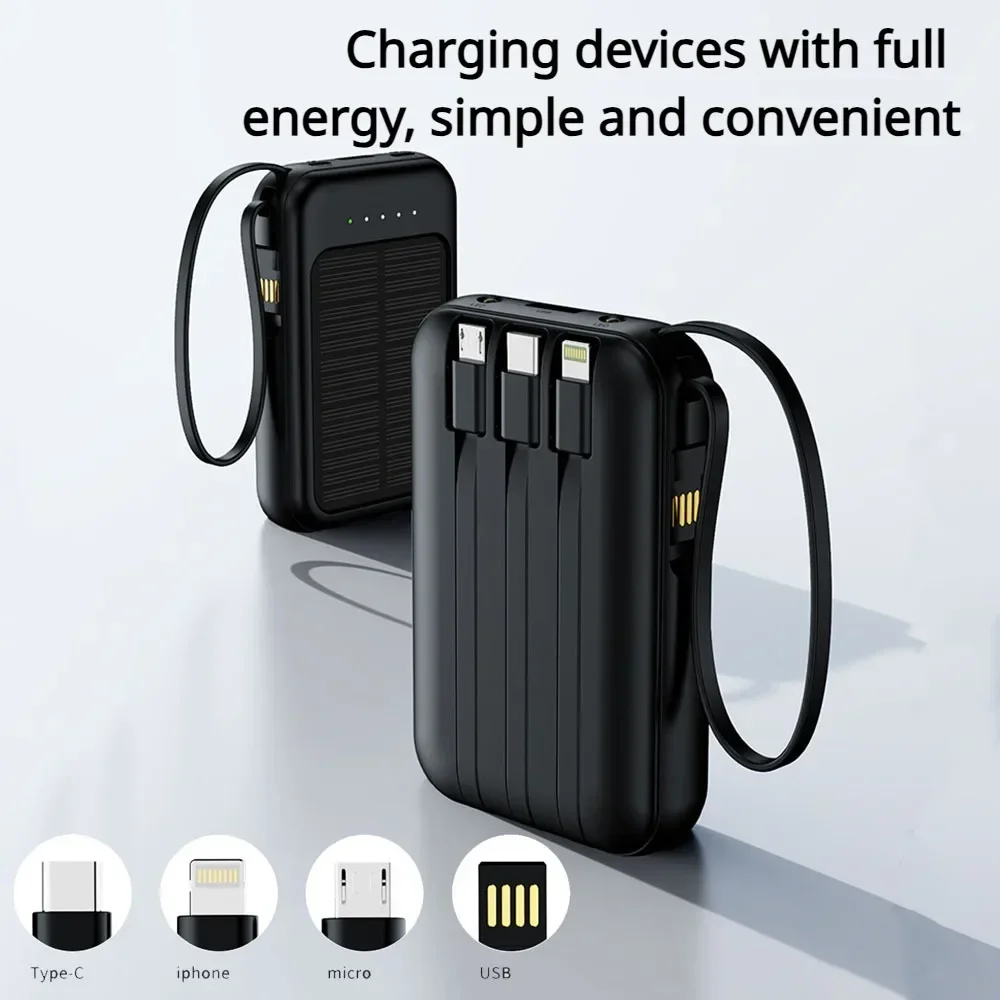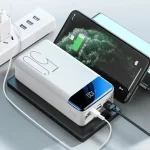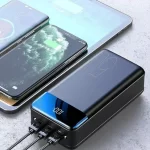In an increasingly digital world, we rely on our electronic devices more than ever. Whether it’s smartphones, tablets, laptops, or smartwatches, staying connected is a priority. As such, power banks have become a ubiquitous accessory, providing the essential backup juice when our device batteries run low. Yet, how long does a power bank last? Understanding the intricacies of maximizing your device’s lifespan can save you money and ensure you remain powered up when you need it most. In this article, we delve into this question and offer practical tips for optimizing power bank longevity.
The Lifespan of a Power Bank: What Does it Mean?
When discussing the lifespan of a power bank, it’s essential to distinguish between different types of longevity. First, there’s the charge-holding capacity, which refers to how long a power bank can hold its charge when not in use. Second, we look at the charge cycle lifespan, meaning the total number of times a power bank can be fully charged and discharged before its capacity degrades to an unusable level. An understanding of these different facets is crucial in gauging a power bank’s overall usefulness.

Factors Affecting Power Bank Lifespan
Several factors contribute to how long a power bank lasts, both in terms of daily use and over its lifecycle. The quality of internal components, especially batteries, plays a significant role. Lithium-ion and lithium-polymer are the most common types, each with its own set of characteristics and durability. Additionally, usage habits such as the frequency of charging, extreme temperature exposure, and the quality of cables used can significantly impact lifespan.
Understanding Battery Degradation
Battery degradation is an inevitable process influenced by repeated charging and discharging cycles. Over time, the chemical reactions within the battery cause it to lose its ability to hold a charge efficiently. Typically, a high-quality lithium-ion battery is expected to retain up to 80% of its capacity after 300 to 500 charge cycles. At this point, the power bank won’t necessarily be useless but will offer significantly reduced performance. Recognizing the signs of battery degradation can provide early warnings that your power bank needs replacement.
Quality Matters: Choose Wisely
The market is flooded with an array of power banks varying in quality and price. Cheap, generic models may save money upfront but often feature subpar components, which can significantly affect their lifespan. Investing in a reputable brand known for using high-quality materials, providing detailed specifications, and offering substantial warranties, can save money in the long run. Certifications and safety features like overcharge protection further enhance the durability of your device.
Optimal Storage Conditions
Proper storage conditions are vital for maintaining a power bank’s longevity. Extreme temperatures, both hot and cold, can damage the internal battery cells, reducing the overall lifespan. Ideally, store your power bank in a cool, dry place and avoid prolonged exposure to direct sunlight or freezing conditions. This practice ensures that the internal components remain stable, thus extending the usability of your power bank.
Regular Maintenance and Cleaning
Undertaking periodic maintenance can significantly enhance your power bank’s effectiveness and lifespan. Cleaning the ports and ensuring no dust and debris accumulation is crucial for maintaining efficient connectivity and charging speed. Additionally, checking the batteries and other internal components at intervals can preempt significant degradation and potential hazards like overheating or even bursting.
Proper Usage: Dos and Don’ts
Understanding how to use a power bank correctly can prevent many common issues that reduce its lifespan. Avoid letting the power bank completely discharge before recharging it. Instead, try to recharge the battery when it has about 20-30% capacity left. Also, avoid overcharging your connected device; once your phone or tablet reaches 100%, it’s best to disconnect it. Overuse of the power bank for energy-intensive gadgets may also contribute to faster degradation, so use it judiciously.
Charge Cycles and Self-Discharge Rate
A significant aspect of a power bank’s lifespan is its charge cycles – the number of times it can be charged and discharged before performance degrades noticeably. Most high-quality power banks can withstand between 300 and 1000 charge cycles. Furthermore, every battery has a self-discharge rate, meaning it loses a small amount of charge even when not in use. Understanding and minimizing this phenomenon by regularly using and recharging the power bank can maximize its usable lifespan.

Monitoring Health with Smart Features
As technology evolves, many modern power banks come equipped with smart features that help monitor battery health. These features can include LED indicators for charge levels, overcharge protection, and even integrated apps that provide detailed analytics on battery usage and lifespan. Utilizing these smart features can offer valuable insights and warnings, helping users act proactively to extend the life of their power bank.
Environmental Impact and Disposal
While concentrating on maximizing your power bank’s lifespan, it’s also important to consider its environmental impact. As with any electronic device, improper disposal of a power bank can contribute to environmental pollution. Many local recycling programs accept electronic waste, making it easier to dispose of power banks responsibly. Before disposing of, check if your power bank’s components can be repurposed or if the entire unit can be recycled.
Warranty and Service: Know Your Coverage
Many high-quality power banks come with warranties and service options, adding an extra layer of protection for your investment. Knowing the terms and conditions of your power bank’s warranty can save you money and extend the device’s usable life. If you’re experiencing issues with your power bank while it’s still under warranty, take advantage of the service and support offered by the manufacturer.
Advanced Technologies: Enhancing Power Bank Efficiency
Recent advancements in battery technology and power management systems have led to more efficient and reliable power banks. Innovations like graphene batteries promise higher energy densities and faster charging times while maintaining longevity. Furthermore, some power banks now include Quick Charge and Power Delivery (PD) technology, allowing for rapid charging of compatible devices. These advancements not only improve performance but also contribute to a longer effective lifespan by reducing the strain on the internal components.
Sustainable Practices: Eco-Friendly Power Banks
As consumers become more environmentally conscious, the market is responding with eco-friendly power banks made from sustainable materials. These models often use recyclable components and are designed to minimize environmental footprint. Some even incorporate solar panels, allowing them to recharge through sunlight, which can be particularly useful for outdoor enthusiasts. Opting for eco-friendly options not only supports sustainable practices but also encourages manufacturers to prioritize long-term durability and reduced environmental impact.
Wireless Charging: Convenience vs. Lifespan
Wireless charging power banks provide an added layer of convenience, eliminating the need for cables. However, it’s worth noting that wireless charging generates more heat than traditional wired methods, potentially accelerating battery degradation over time. Users should weigh the convenience of wireless charging against its impact on the power bank’s lifespan. For optimal longevity, alternating between wireless and wired charging can balance convenience and reduce wear on the battery.

Conclusion: Longevity Through Informed Usage
In essence, the lifespan of a power bank isn’t dictated by a single factor but a combination of the quality of materials, usage habits, and maintenance practices. By understanding how these elements interact, users can significantly prolong the life of their power banks, making the most out of their investment. So, the next time you wonder, “How long does a power bank last?”—remember that informed usage and regular maintenance are key to maximizing your device’s lifespan. Armed with this knowledge, you’ll be better prepared to keep your gadgets powered and stay connected, no matter where you are.


